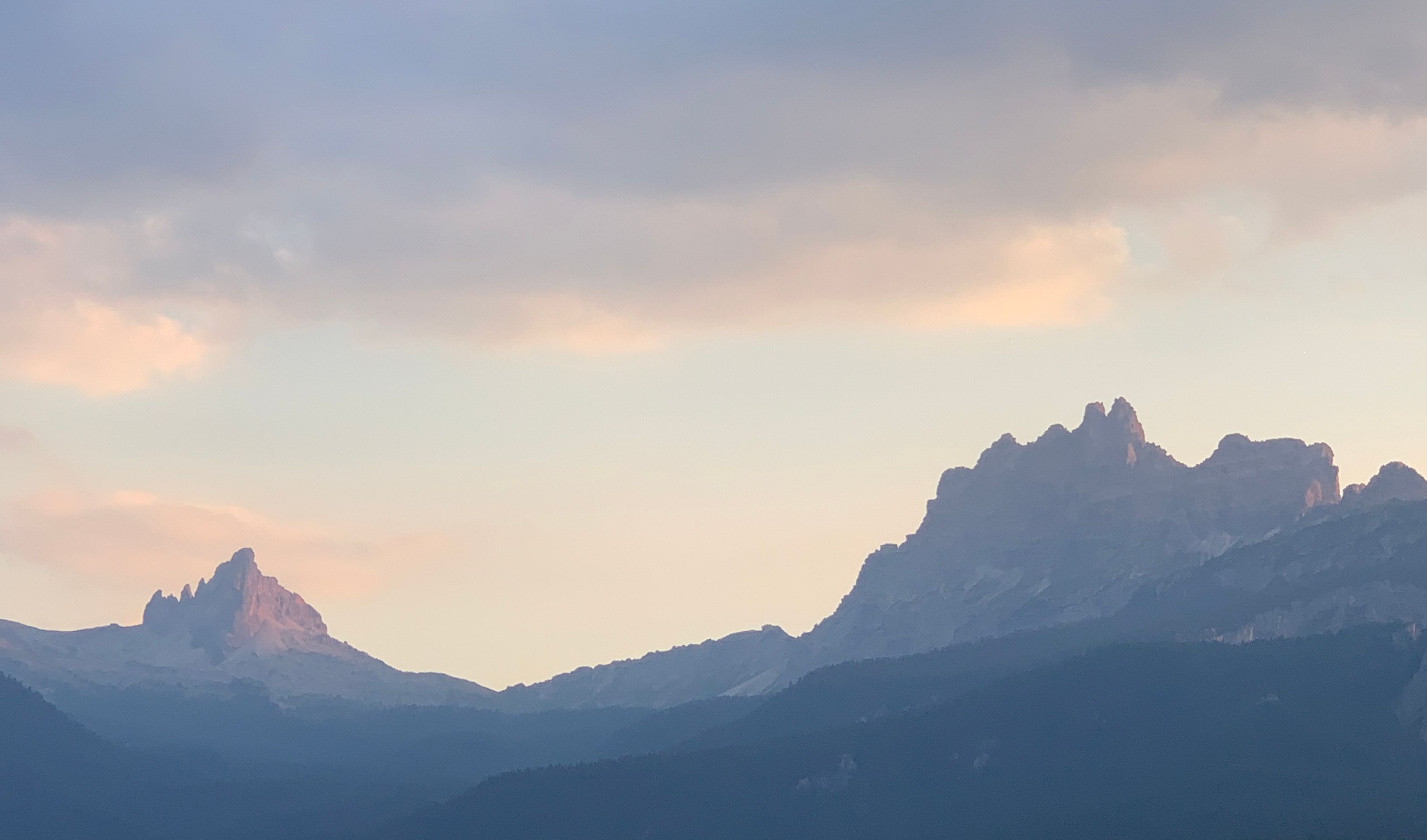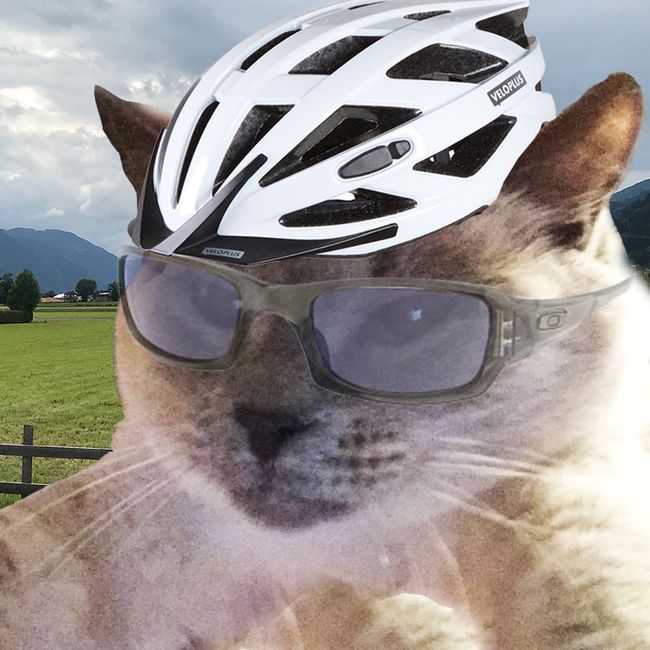Yungas - the Dangerous
प्रकाशित: 16.10.2018
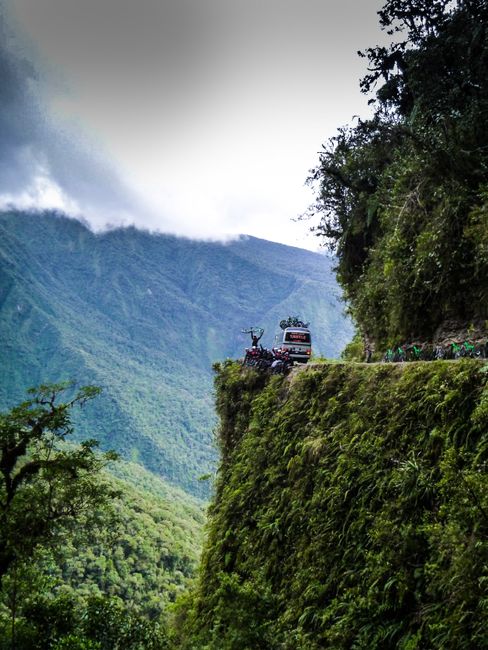
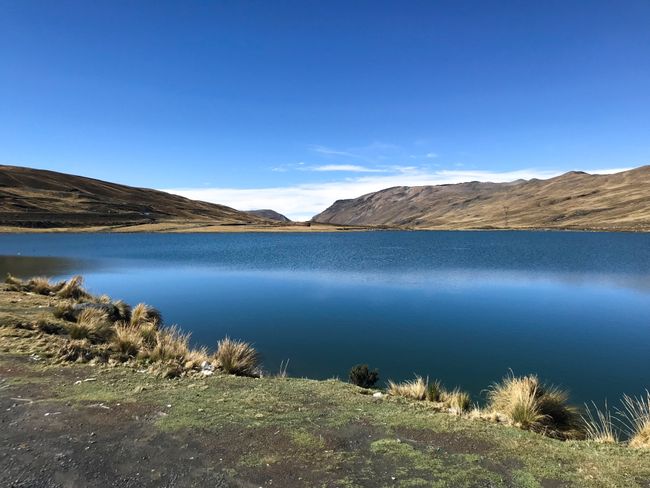
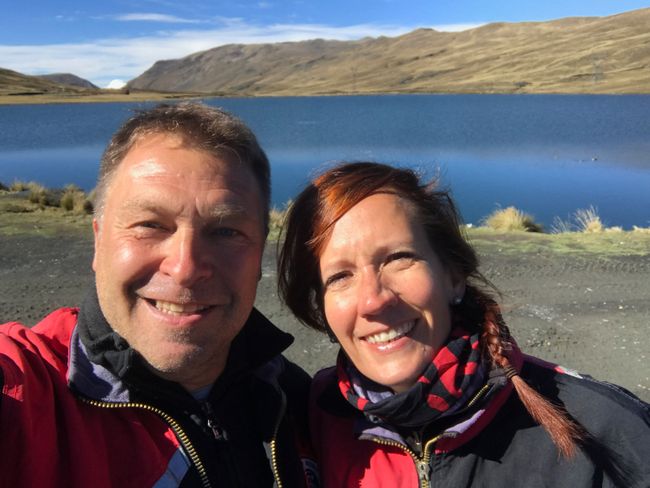
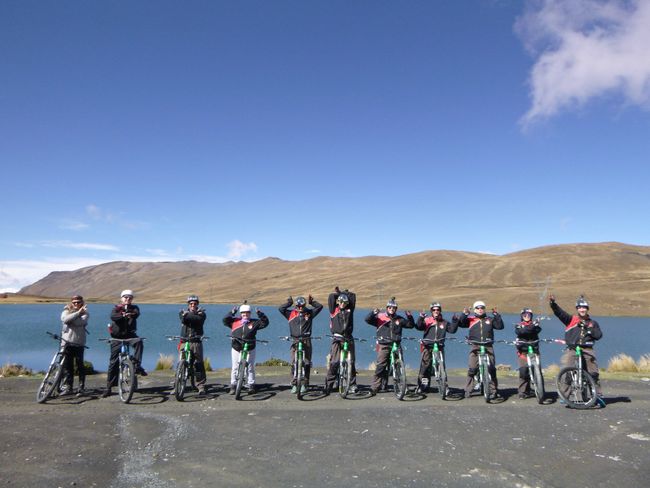
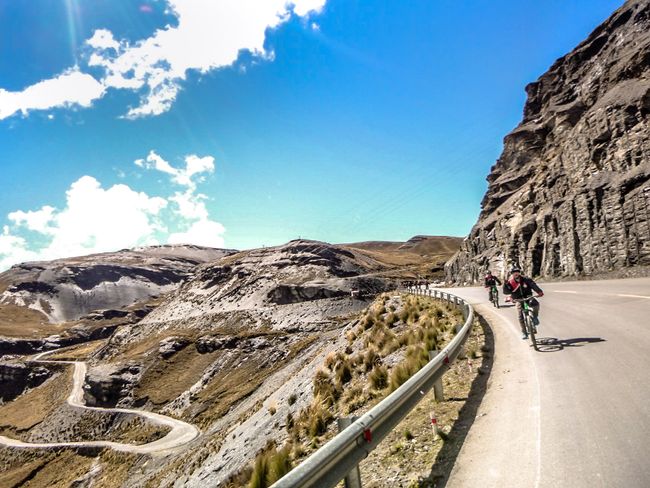
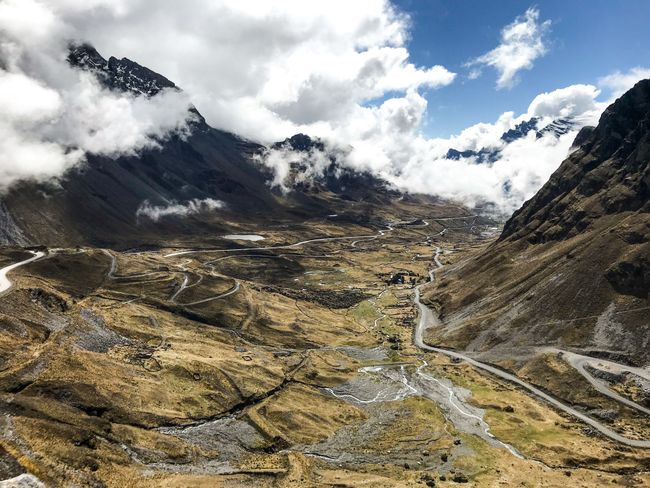
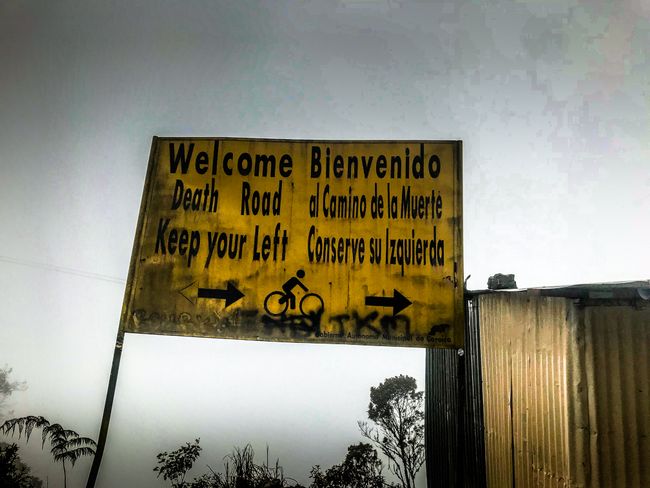
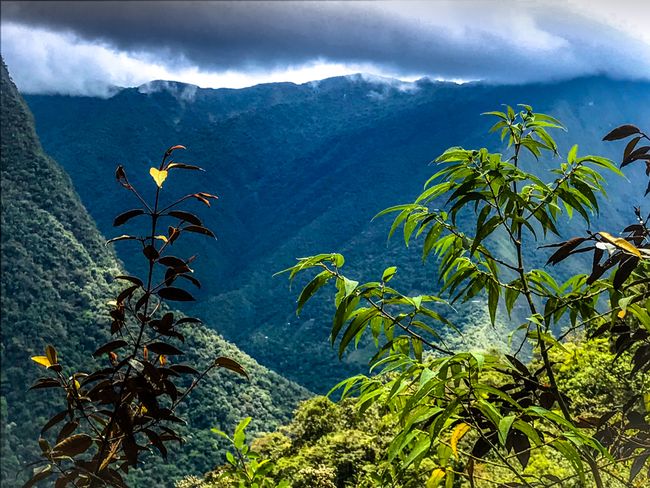
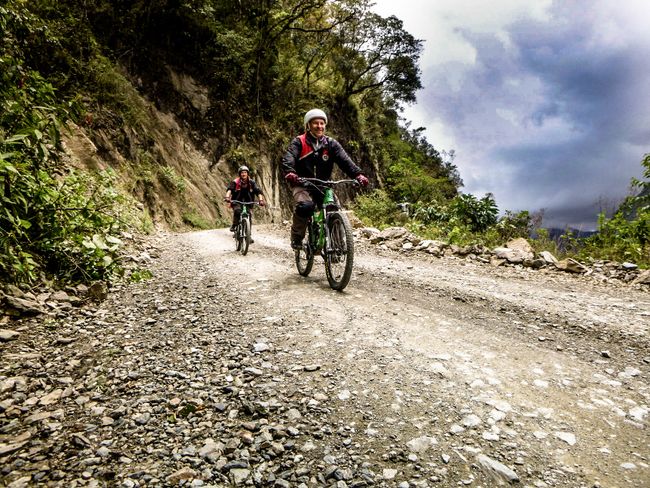
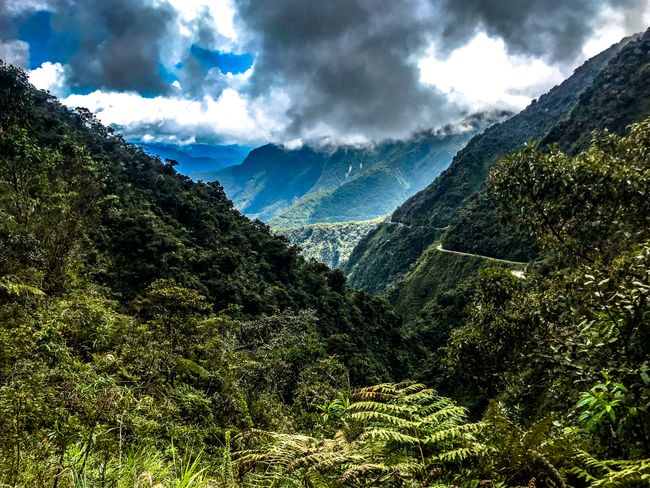
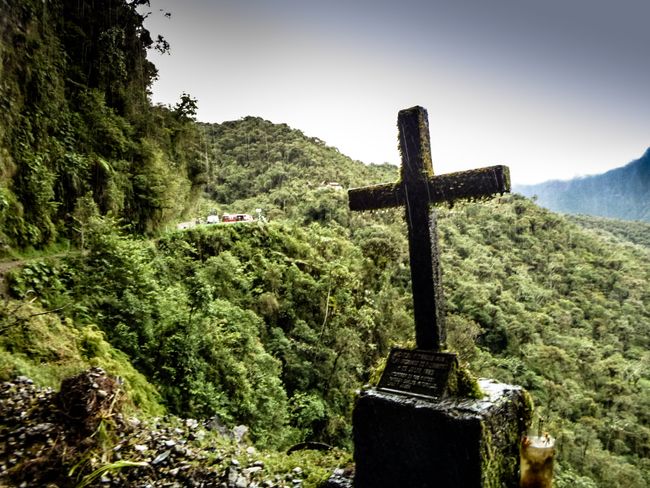
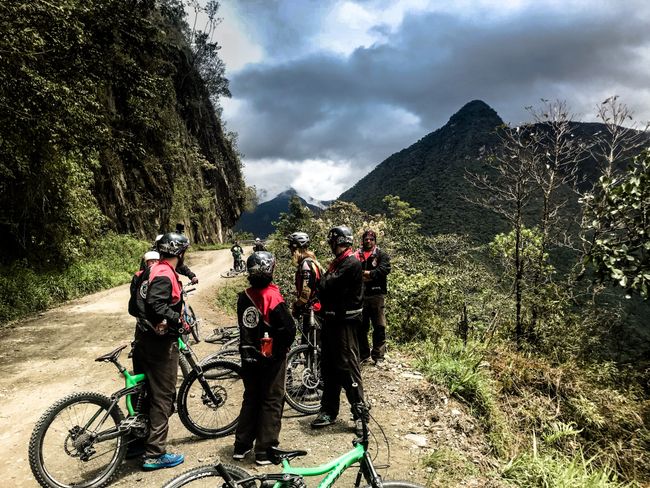
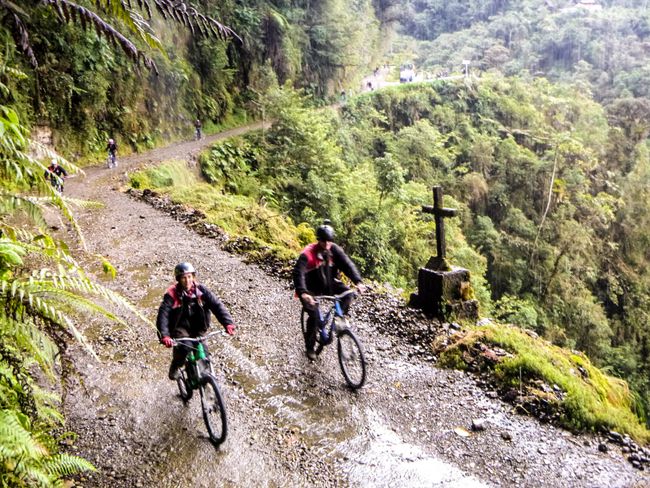
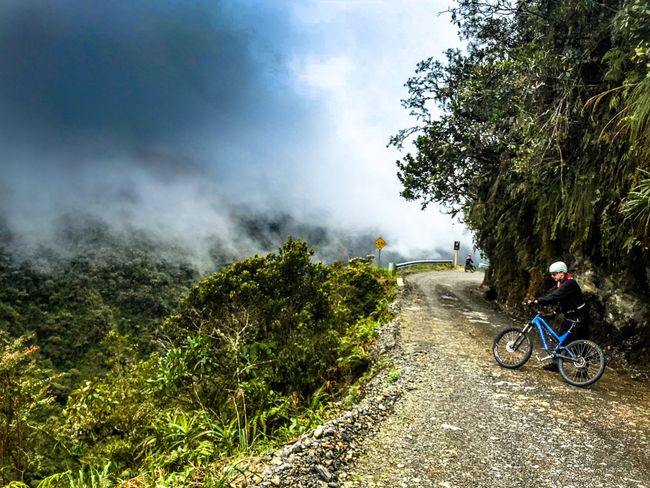
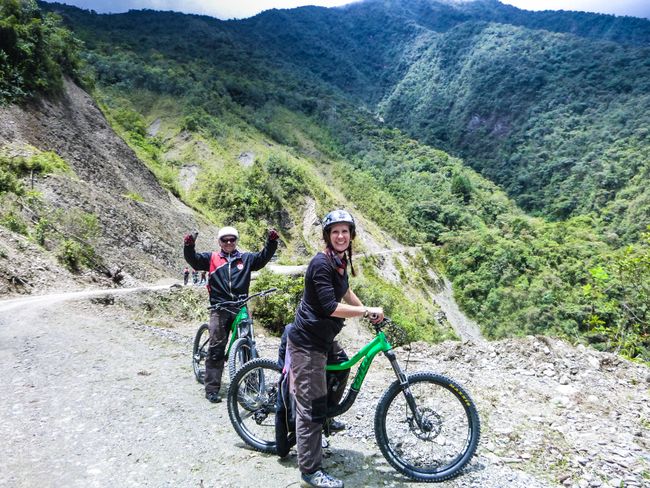
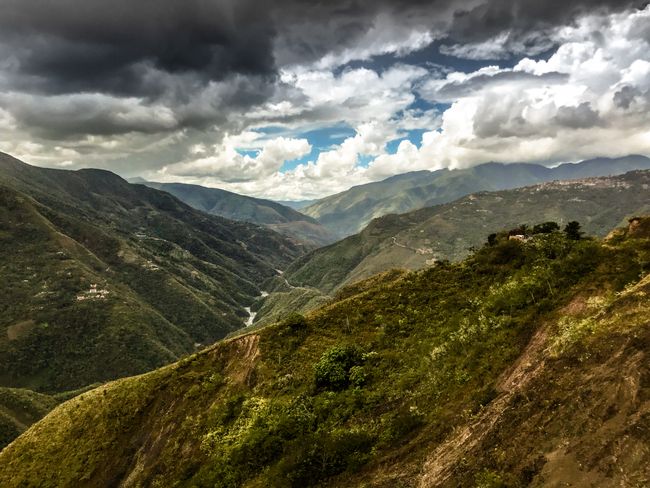
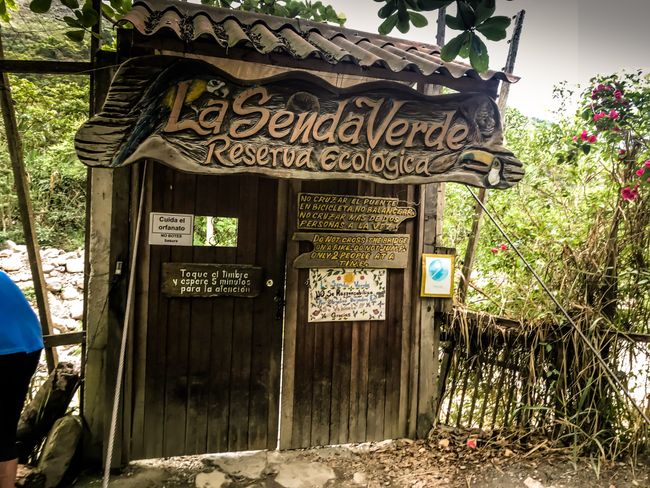
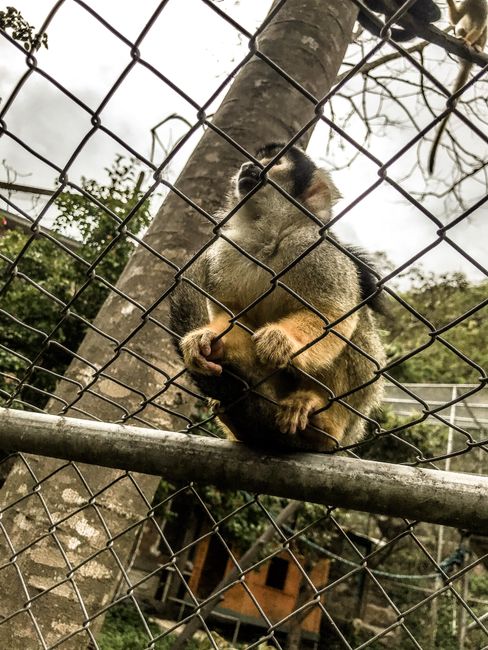
बातमीपत्राचे सदस्य व्हा
The Yungas Road is approximately 80 kilometers long and leads from La Paz to the Yungas region. Built between 1931 and 1936, the Yungas Road, which was open as a two-lane road until December 2007, is considered the most dangerous road in the world and is nicknamed the Death Road «Camino de la Muerte». It is estimated that between 200 and 300 travelers lost their lives on this route each year until 2007. Since 2007, there has been a modern, two-lane connection between La Paz and Coroico, and the old Yungas Road is now primarily used for tourism purposes. For example, you can race down it on a mountain bike. What our mothers didn't necessarily need to know in advance: that's exactly what we did.
The fact that you can read this report proves that the Yungas Road can be survived without any problems. However, it is also a matter of choosing the right tour operator, as there is little light and a lot of shadow here just like in Uyuni. After some research on the internet, there was really only one option: Gravity-Tours, and that was definitely the right decision. The concept is very clear. You ride in a bus to the starting point where protective clothing is put on and the bikes are prepared. The maximum group size is 14, and we were 10 yesterday. One guide always rides ahead, one stays behind, followed by the bus. On the approximately 60 km route, there are 15 stops where the next section is explained, including its characteristics, difficulties, and dangers. If someone feels uncomfortable, they can load their bike onto the bus and take a seat (which of course also drives along the edge of the abyss...). That sounded very professional to us, and any concerns I had were dispelled.
We met at 7:30 am at a café in the center, then we drove out of La Paz in a van to thinner and thinner air until we reached our starting point at the Le Cumbre Pass, which is located at an elevation of 4700 meters above sea level! The route then goes about 22 km down the main road to the starting point of the actual "Death Road". This is also a very well-considered measure by the organizer, so that the participants can first become familiar with the bike and especially the brakes on paved ground.
The remaining 40 km then follow the old gravel road with an elevation difference of 3500 meters and through almost all of South America's climate zones to Yolosi, where the route finally ends at an elevation of 1200 meters above sea level in the humid and warm rainforest.
Just putting on the protective pants on the Cumbre Pass demanded a lot from me, and breathing was already difficult. It's all the better that it should only go downhill from now on. After final instructions and the ritual blessing of the bikes with a 96% alcoholic drink, from which you may/must take a sip, we finally started. Even during the first kilometers, the panorama was breathtaking, the bike was stable, and the brakes were excellent. That gives a good feeling. The traffic was sparse on this morning, and even the few trucks and minibusses overtook very politely. It was rather surprising, however, that we had to overtake trucks ourselves on the way down, but it was also done quite safely.
In the meantime, we and the bikes were loaded again to bridge an 8 km ascent (which would have been a bit too much at around 3500 meters) and so we started just at the beginning of the Death Road. For safety reasons, traffic drives on the left side on this stretch to make it easier for vehicles descending the valley to pass by allowing the driver to see the position of the wheels towards the abyss. Contrary to my fears, I had no problem with this at all because in general, I don't do well with unprotected vertical drops of up to 500 meters. The scenery is indescribable, especially since everything was shrouded in clouds. Dense rainforest, waterfalls that partly reach across the road, and on the left side, the abyss into the green impenetrable jungle. Fantastic!
At the beginning, we had been warned about another danger of this route - the tour groups of the less reputable providers. And very soon we got to know them. They were driven directly onto the gravel road without any acclimatization phase, then equipped with a blue jacket and a full-face helmet, and off they went - without proper instructions and whoever brakes, loses. The group was visually stunning, with hipster beards and dreadlocks protruding from under the full-face helmets. And, of course, they consistently drove on the right and after a few kilometers - luckily behind us - the first Blue crashed into a curve at the front of an oncoming minibus - Minus 1! He apparently did not sustain serious injuries, but whether he learned anything remains uncertain. "The Blues" occasionally crossed from behind at a foolish pace and overtook at every impossible spot. Fortunately, they eventually disappeared completely. Another highlight was a motorcycle club from Brazil, which set up their advertising banners right at the most famous spot on the road and then had their private photo shoot. Through an equally resolute and unsympathetic lady, all other people on the road were instructed to wait until she also immortalized herself in the "Jesus Redentor pose". It's nice how certain individuals always claim the entire public space for themselves...
Unfortunately, we also had an accident in our - really cool - group. A young woman from Germany apparently made a driving mistake and crashed. She was a little dazed and then continued with the bus, but she joined us again a few stages later. The system works, and it is worth investing a little more money in the agency and thus in safety for such an undertaking.
The rest went smoothly, and we reached our destination, the animal refuge "Senda Verde" in the middle of the rainforest, without any further incidents. There, a cold beer, a warm shower, many animals, a delicious late lunch, and, of course, the winner's t-shirt were waiting for us.
We then had the monkey refuge shown to us and had great fun with the capuchin monkeys and howler monkeys. For the return journey, our driver, who has been driving this route for 40 years, again chose the old route. By the way, the route is almost more eerie on the bus. Back in La Paz, we had a spontaneous and very joyful dinner with a couple from Australia whom we had met on the tour.
Conclusion: the tour can also be done if you don't handle high altitudes well. In addition to the truly exposed sections, there are also many areas where the road is very wide and there is no steep drop on the left. In addition, there are numerous passing sections. You don't have to be an experienced mountain biker, but you definitely need to know how to ride a bike and you need continuous concentration. There are numerous accidents, and in 90% of cases, they are either due to overestimation of oneself or simple stupidity, as in the case of a Japanese woman who thought it was a good idea to take a selfie while riding. She ended up somewhere in the jungle 400 meters below.
A fantastic day - we were extremely lucky with the weather, too, with only occasional and light rain. A great tour and an unforgettable experience!
बातमीपत्राचे सदस्य व्हा
उत्तर द्या

प्रवास अहवाल बोलिव्हिया
